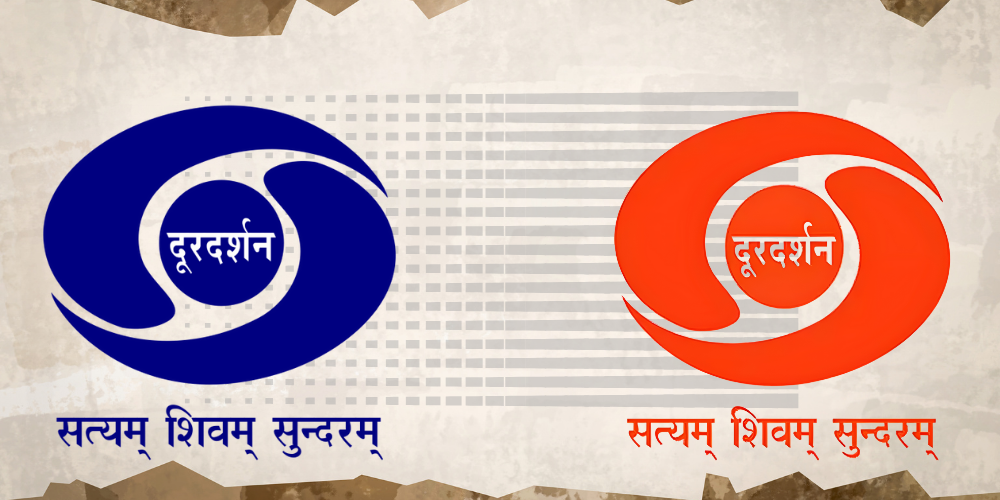How to improve product innovation and teamwork with just 3 days a quarter
Offsites and hackathons are both great ideas that rarely work in practice. It is possible, however, to follow a hybrid approach that brings these two together and works like magic.
Startups and larger companies do a lot to foster a spirit of innovation and teamwork — open floor plans, flexible timings, flat reporting structures, perks, compensation, and more. The threat of disruption around every bend and a highly competitive talent landscape demands even more from organisations.

Some companies try offsites, often to exotic locations, to reward teams and encourage discussions. Product-oriented companies conduct hackathons to spark new business ideas and rekindle creativity.
Sadly, offsites and hackathons are both great ideas that rarely work in practice. It is possible, however, to follow a hybrid approach that brings these two together and works like magic. We call it a ‘launchathon’ because it focuses on launches.
Why offsites?
Offsites involve teams spending a few days in a relaxed environment outside the office to find ways to benefit the business. They are a great way to be with teammates in a different setting, get new ideas in a new place, and mix work with fun. The ideal offsite renews the team’s focus, increases understanding and respect for one another, and creates real business impact.
The reality is that offsites are usually just a good diversion. If work happens, it is a list of action items and projects that are promptly forgotten. This is because no one expects concrete results from offsites. Concrete results come in more ways than just product features — identifying and resolving team conflicts, finding new market segments, improving the office environment, etc. Every team can contribute meaningfully as long as the focus is on creating something.
Why hackathons?
Though not as common as offsites, quite a few companies conduct hackathons. Held over two–three days, hackathons involve engineering, product, and design teams brainstorming new ideas and bringing them to life. Like offsites, they are a great way to improve the bonding between teams, come up with new ideas that can move the business forward, and create a fun environment for the participants.
Though hackathons are more result-oriented than offsites, the end result is similar — projects are forgotten and we go back to the ‘real’ world on Monday. This is because there is no explicit business goal associated with them. In the attempt to free teams from doing regular work during hackathons, most companies have people building toy projects that never see the light of day.
Launchathons, the best of both worlds
Launchathons are two-three-day offsites where teams work on projects of their choice that they demo on the last day. The projects are chosen in the office a few days before heading out depending on their potential impact, the team’s interest levels, and likelihood of completion. The entire team participates and ensures the final result is fully functional with design, engineering, marketing, and other aspects figured out. A little more work after coming back to the office and the projects are ready for the rest of the world.
Launchathons go something like this:
- Brainstorm and choose a few projects
- Organise everyone into project teams
- Split time into projects, discussions, and fun
- End with a demo and feedback from the team
This approach will work for early-stage, software, product-oriented, and engineering-heavy companies. I am sure parts of this can be adapted to later-stage companies too.
More details on the individual steps:
- Brainstorm and choose a few projects
Brainstorm project ideas in the office a few days before the event. This saves precious time and lets teams start on projects immediately. To identify appropriate projects, we follow what we call convergence, divergence, convergence.
Convergence: Identify broad business goals to be achieved with the projects. For example, adding intelligence, increasing user productivity, creating a sense of community, and so on. This might seem restrictive but the boundaries help teams think deeply about a few areas. As they say, inch wide and mile deep.
Divergence: Everyone then writes ideas related to the central goals without any discussion. This prevents herd mentality and helps everyone look at the problems with their unique viewpoint.
Convergence: Finally, share all the ideas, debate their merits, and eliminate projects until there are only a few left. This last step helps narrow down the number of projects so everyone can work in a few teams.
- Organise everyone into project teams
After finalising project ideas, assign project teams. There are several nuances to this simple exercise.
Mix up existing groups so everyone works with someone new. This allows everyone to learn about and from each other. Every department is represented in each team so projects can consider every aspect of the business, internal and external. Restricting the number of teams also builds a healthy sense of competition.
Beyond the initial direction, the teams do everything themselves, including helping other teams as needed. All that matters is that they create a great working demo.
- Split time into projects, discussions, and fun
It is important to give enough time to activities that are otherwise rarely indulged in. This includes open-ended discussions and fun group activities. These informal sessions knock down barriers of department, roles, and seniority.
Reserve an hour in the middle of the day to talk about important areas that are not usually discussed. Since everyone is involved and primed for innovative thinking and collaboration, these sessions yield very interesting results.
Sessions can be on anything from demand-generation ideas, defining the ideal teammate, and insights from the past quarter to the future of videos and product-building approaches. These might not seem groundbreaking but the results are astounding — there will be engineers giving inputs on culture, designers telling you how to improve customer support, and marketers coming up with new features.
Finally, there should always be enough time for the team to unwind and have fun. Music, movies, and food always bring everyone together. Other possible activities include team sports, board games, and cards.
- End with a demo and feedback from the whole team
The most important part of the event is the final demo — the launch. All teams should be encouraged to work backwards from the demo. They start by imagining what they will show off on the final day and do everything to make the demo successful. This focus on the launch ensures everyone creates something immediately usable. This comes at the cost of rough edges and shortcuts. This is not a problem because we continue working on projects after the event since they were important projects in the first place.
It is also important to take everyone’s feedback about the event — what they liked and disliked, what can be improved next time. This goes a long way in creating a habit of self-assessment and continuous improvement.
We tweaked the process over five launchathons and recommend a few things:
- Venue: We pick locations away from the office but not so far away that we spend a lot of time travelling. We book large independent homes in quiet neighbourhoods so we escape the bustle of the city and get enough space. Having multiple rooms in which teams can break away and work helps, as does being surrounded by greenery and areas to explore. Even a packed city like Bengaluru offers enough places on its outskirts.
- Duration: We start on Wednesdays and end by mid-Friday. The first two days are for projects and discussions, while the last day is for demos, recap, and a larger fun activity. We never do this on weekends or holidays to avoid eating up the team’s personal time.
- Schedule: Offsites and hackathons are usually unsuccessful because there are no guidelines or boundaries. Even a basic structure helps. Our structure was 9:30 am–12:30 pm projects, 2–3 pm discussions, and 5:30 pm break for the day.
- Fun: Drinking, especially at work, is one of my pet peeves but I understand its role as a social lubricant. We keep a balance by having a reasonable amount after hours. We also promote activities that involve bonding without drinks so everyone is sober and interacting with each other.
What do you think of launchathons? Do you see them working for your companies? Do give them a try and let me know how they worked out.
(Disclaimer: The views and opinions expressed in this article are those of the author and do not necessarily reflect the views of YourStory.)











